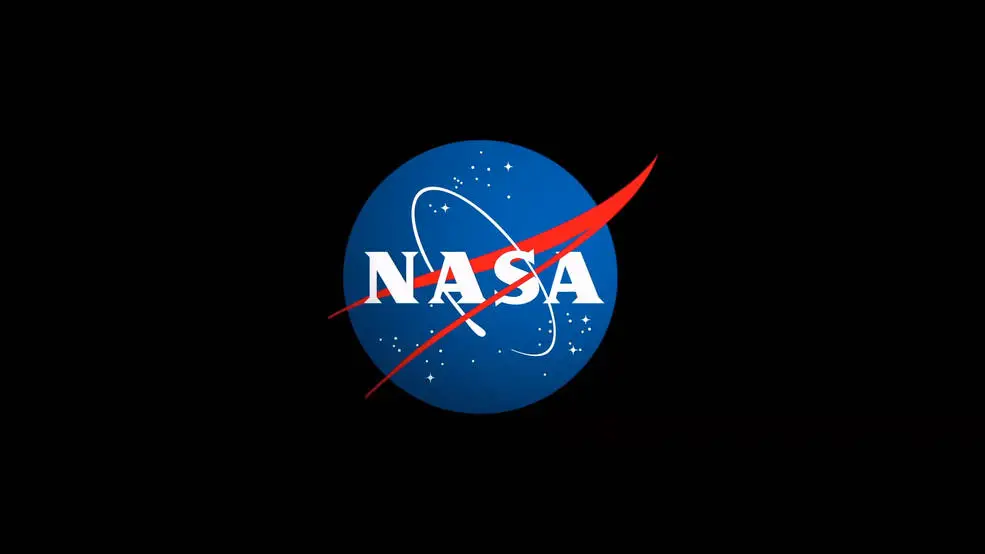In the vast expanse of space, where the boundaries of human knowledge meet the mysteries of the cosmos, one name stands out as a beacon of innovation and exploration: NASA.
For decades, the National Aeronautics and Space Administration has pushed the boundaries of human achievement, showcasing excellence in science, technology, and exploration.
From the iconic Apollo missions to the cutting-edge discoveries of today, NASA’s legacy is a testament to human ingenuity and the relentless pursuit of knowledge.

A Journey Beyond Earth
The Early Days: A Giant Leap for Mankind
In the midst of the Cold War, the United States embarked on a bold mission to conquer the final frontier. In 1958, President Dwight D. Eisenhower signed the National Aeronautics and Space Act, giving birth to NASA.
With the launch of Explorer 1 in 1958, NASA ushered in a new era of space exploration, marking the beginning of an extraordinary journey beyond Earth’s atmosphere.
Apollo: Reaching for the Stars
The Apollo program stands as one of NASA’s most iconic achievements. On July 20, 1969, humanity achieved the impossible as Neil Armstrong took that historic step onto the lunar surface, uttering the immortal words, “That’s one small step for man, one giant leap for mankind.”
The Apollo missions not only demonstrated the technological prowess of NASA but also captured the imagination of the world, inspiring generations to reach for the stars.
Pushing the Boundaries
Beyond the triumphs of the Apollo era, NASA continued to push the boundaries of space exploration.
From the launch of the Hubble Space Telescope, which unveiled the wonders of the universe in breathtaking detail, to the Mars rover missions, which sought to unlock the secrets of the Red Planet, NASA’s quest for knowledge knows no bounds.

Innovation in Action
From Rockets to Rovers: Engineering Marvels
At the heart of NASA’s success lies a culture of innovation and ingenuity.
From the towering Saturn V rockets of the Apollo era to the sleek spacecraft of today, NASA engineers have continually pushed the envelope of what is possible.
Whether designing advanced propulsion systems or developing cutting-edge robotics, NASA’s engineers are at the forefront of technological innovation.
Collaborating for Success
NASA’s achievements are not the result of solitary effort but rather the product of collaboration and cooperation.
From partnerships with other space agencies to collaborations with private industry, NASA has always recognized the importance of working together to achieve common goals.
By pooling resources and expertise, NASA has been able to tackle some of the most daunting challenges of space exploration.
Inspiring the Next Generation
As we look to the future, NASA continues to inspire the next generation of scientists, engineers, and explorers.
Through educational programs, outreach initiatives, and immersive experiences, NASA is sparking curiosity and fueling the imagination of young minds around the world.
By sharing the wonders of space exploration, NASA is ensuring that the spirit of discovery continues to burn bright for generations to come.
Conclusion
In conclusion, NASA’s legacy of innovation and exploration serves as a testament to the indomitable spirit of human curiosity and ingenuity.
From the pioneering days of the Mercury and Apollo missions to the cutting-edge discoveries of today, NASA has continually pushed the boundaries of what is possible, inspiring awe and wonder in all who gaze skyward.
As we look to the stars, let us remember the words of President John F. Kennedy: “We choose to go to the moon, not because it is easy, but because it is hard.” Indeed, it is in the face of challenge and adversity that we find the true measure of human excellence.

FAQs
Q1: How many missions has NASA launched to explore Mars?
A1: As of 2024, NASA has launched multiple missions to explore Mars, including the Mars rover missions such as Spirit, Opportunity, Curiosity, and Perseverance.
Q2: What is the purpose of the Hubble Space Telescope?
A2: The Hubble Space Telescope was launched to observe distant galaxies, stars, and other celestial objects, providing invaluable data to astronomers and scientists studying the universe.
Q3: How does NASA collaborate with other space agencies?
A3: NASA collaborates with other space agencies, such as the European Space Agency (ESA) and the Russian space agency Roscosmos, on various projects, including the International Space Station (ISS) and Mars exploration missions.
Q4: What are some of NASA’s educational programs for students?
A4: NASA offers a variety of educational programs for students, including internships, competitions, and classroom resources designed to inspire the next generation of scientists, engineers, and astronauts.
Q5: How can I stay updated on NASA’s latest discoveries and missions?
A5: You can stay updated on NASA’s latest discoveries and missions by visiting their official website (www.nasa.gov) and following them on social media platforms like Twitter, Facebook, and Instagram. Additionally, NASA offers newsletters and email subscriptions for those interested in receiving regular updates.
